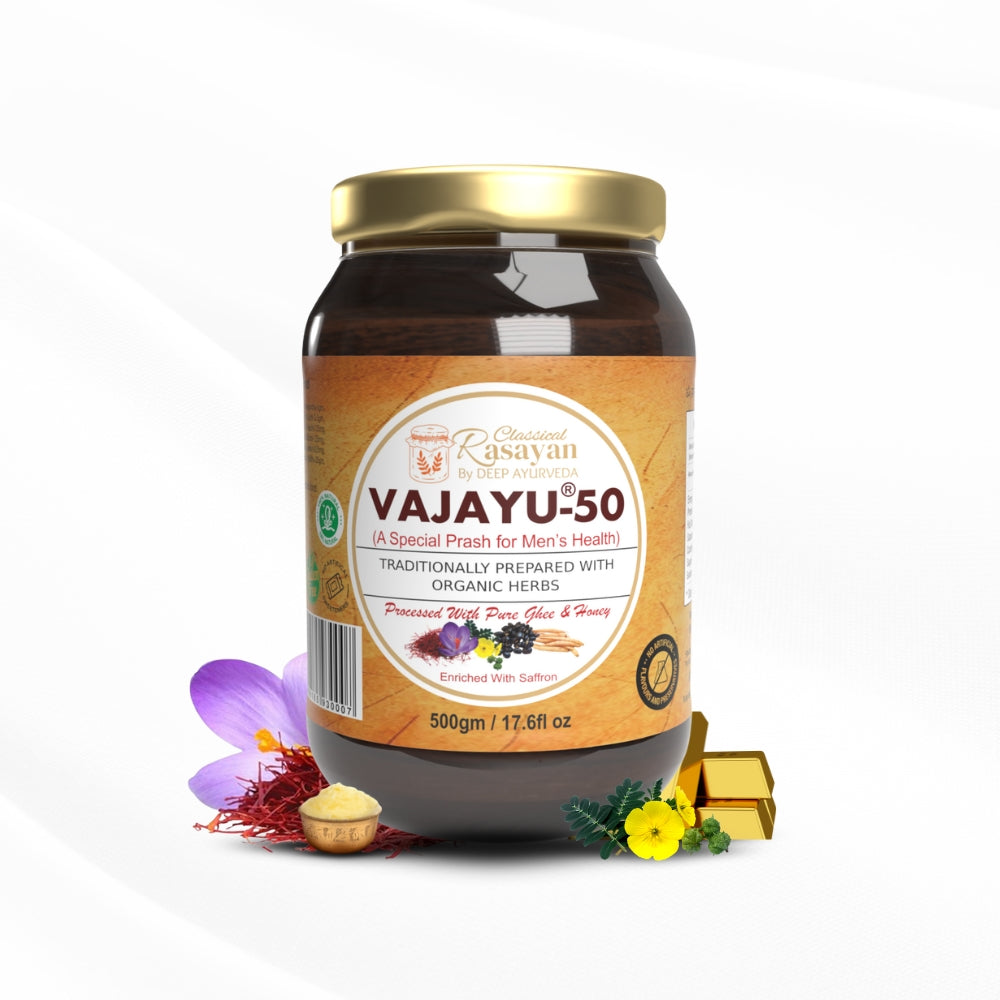Ayurveda is a 5,000-year-old system of natural Ayurvedic medicine originating in India that offers a holistic approach to health and well-being. The term "Ayurveda" translates to "the science of life," a balance between mind, body, and spirit to achieve good health.
If you're new to Ayurveda, this guide will provide an overview of its core principles and practical applications.
Understanding the Basics of Ayurveda
Ayurveda belief that each individual is unique, governed by a combination of three fundamental energies known as doshas:
- Vata (air and ether): It is associated with movement and communication.
- Pitta (fire and water): It governs digestion, metabolism, and transformation.
- Kapha (water and earth): It relates to structure, stability, and lubrication.
Everyone has a distinct constitution, or Prakriti, determined by the balance of these tridoshas. Imbalances in tridoshas can lead to physical and mental health issues, which Ayurveda seeks to address.
Core Principles of Ayurvedic Healing
1. Personalized Treatment
Ayurvedic remedies are adapted to your tridosha constitution and current imbalances, ensuring treatments are specific to your needs.
2. Holistic Focus
Ayurveda focus on prevention, lifestyle adjustments, and natural therapies, addressing the root cause rather than just symptoms.
3. Natural Therapies
Herbs, oils, dietary adjustments, and practices like yoga, meditation are key components of Ayurvedic healing.
How to Incorporate Ayurveda into Your Life
1. Discover Your Own Dosha
You have to consult a qualified Ayurvedic practitioner (doctor) to understand your constitution and imbalances, i.e., your body doshas.
2. Adopt a Dosha-Specific Diet
Ayurveda suggests that you should eat according to your body dosha. For example:
- People having Vata have to eat warm, grounding foods like soups and stews.
- People having Pitta have to eat cool and less spicy foods.
- People having Kapha types should focus on light, spicy, and dry foods.
3. Practice Daily Routines (Dinacharya)
Ayurvedic routines promote balance and harmony in the body and life as well. Starting with simple practices like:
- Waking up early in the morning and meditating.
- Practicing oil pulling and tongue scraping for oral health.
- Engaging in self-massage (Abhyanga) with warm herbal oils.
4. Use Herbal Remedies
Herbs like ashwagandha, turmeric, and triphala are mostly used in Ayurveda for their healing properties. You always have to consult a practitioner (doctor) before starting new remedies.
5. Incorporate Yoga and Meditation
You can do Physical and mental practices like yoga and meditation that align with Ayurveda’s goal of achieving balance and mindfulness.
The Benefits of Ayurveda
1. Natural and Sustainable
Ayurveda focuses on plant-based remedies and sustainable practices, making it eco-friendly and gentle on the body.
2. Prevention-Oriented
By addressing imbalances in the body before they escalate, Ayurveda helps to prevent fom chronic diseases.
3. Enhanced Mind-Body Connection
The integration of yoga, meditation, and mindful living strengthens your overall well-being.
Conclusion:
Ayurveda offers a timeless, holistic and natural approach to health, focusing on personalized treatments, natural therapies, and preventive care. By understanding your tridosha, adopting a good diet, and incorporating practices like yoga, meditation, and daily routines, you can enhance your physical and mental well-being. Rooted in sustainability and mindfulness, Ayurveda provide strength to the mind-body connection and promotes long-term health. Embrace Ayurveda to achieve balance, vitality, and harmony in your life.
FAQ’S
How does Ayurveda work?
Ayurveda works by balancing the body's doshas through personalized diets, lifestyle practices, and natural remedies to promote overall health and well-being.
What is Ayurvedic medicine used for?
Ayurvedic medicine is used to prevent illnesses, and address physical, mental, and emotional imbalances naturally.
What is Ayurvedic vs herbal medicine?
Ayurveda is a health system integrating lifestyle, diet, and natural therapies, while herbal medicine focuses specifically on using plants for healing.
Is Ayurveda better than allopathy?
Ayurveda and allopathy both are different approaches to health; Ayurveda focus on holistic healing, while allopathy focuses on symptom-based treatments, and neither is inherently "better," as they serve different needs.
Is Ayurveda the Right Path to Healing?
Yes, it is!!







